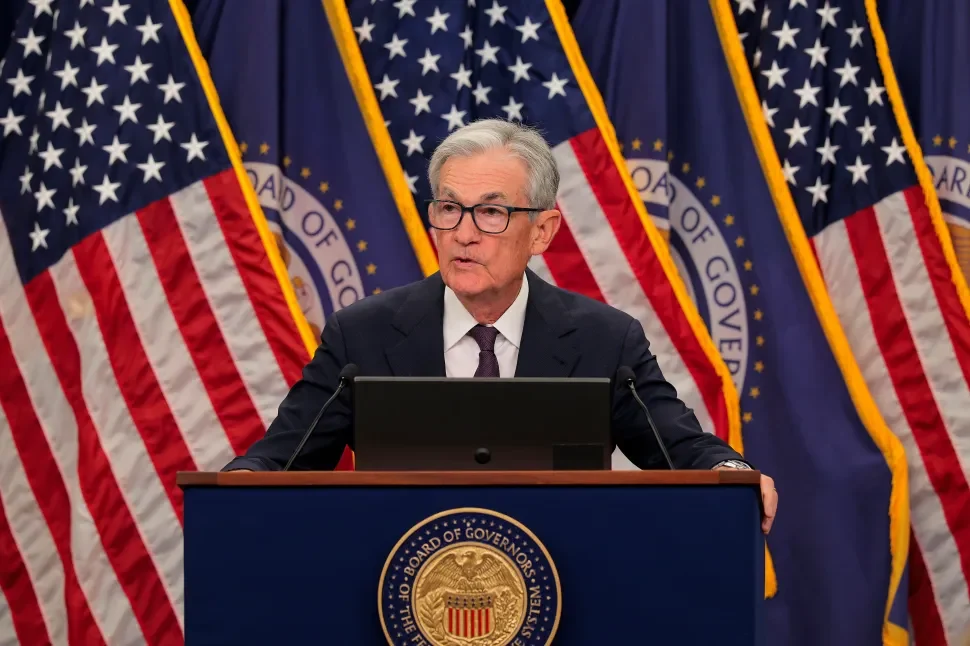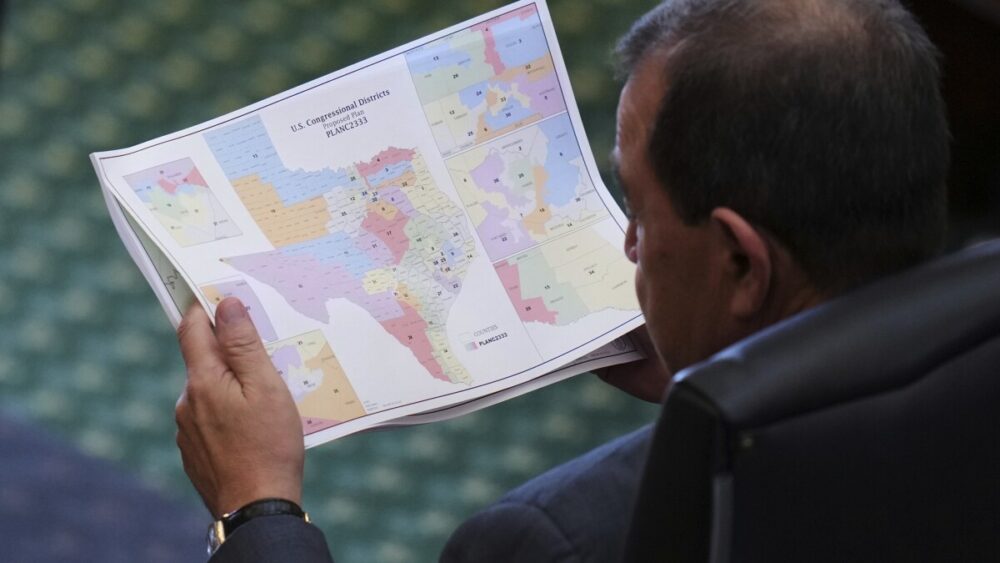The ongoing U.S. government shutdown has significantly complicated monetary policy decisions for the Federal Reserve, which is facing one of its most challenging environments in years. With federal agencies closed or operating at reduced capacity, key data on employment and inflation—normally used by the Fed to guide interest-rate decisions—has been delayed.
Economists warn that without this “gold-standard” data, the Fed may be forced to postpone or rethink further rate cuts, even as a weakening labour market signals growing vulnerability. A prolonged shutdown could also accelerate risks to economic growth: slower hiring, decreased investor confidence and shrinking fiscal visibility all weigh heavily on policy calculations.
While previously the Fed could rely on official statistics to inform decisions, the shutdown has left the board navigating uncertainty. Private data are available, yet they are less comprehensive and widely regarded as less reliable. The combination of data gaps and economic fragility means the central bank is now under pressure to strike a delicate balance between supporting growth and controlling inflation.
Analysts caution that if the shutdown persists, the already complex task faced by the Fed will become even tougher—potentially limiting its flexibility in responding to emerging threats and making forward guidance more opaque for markets.















